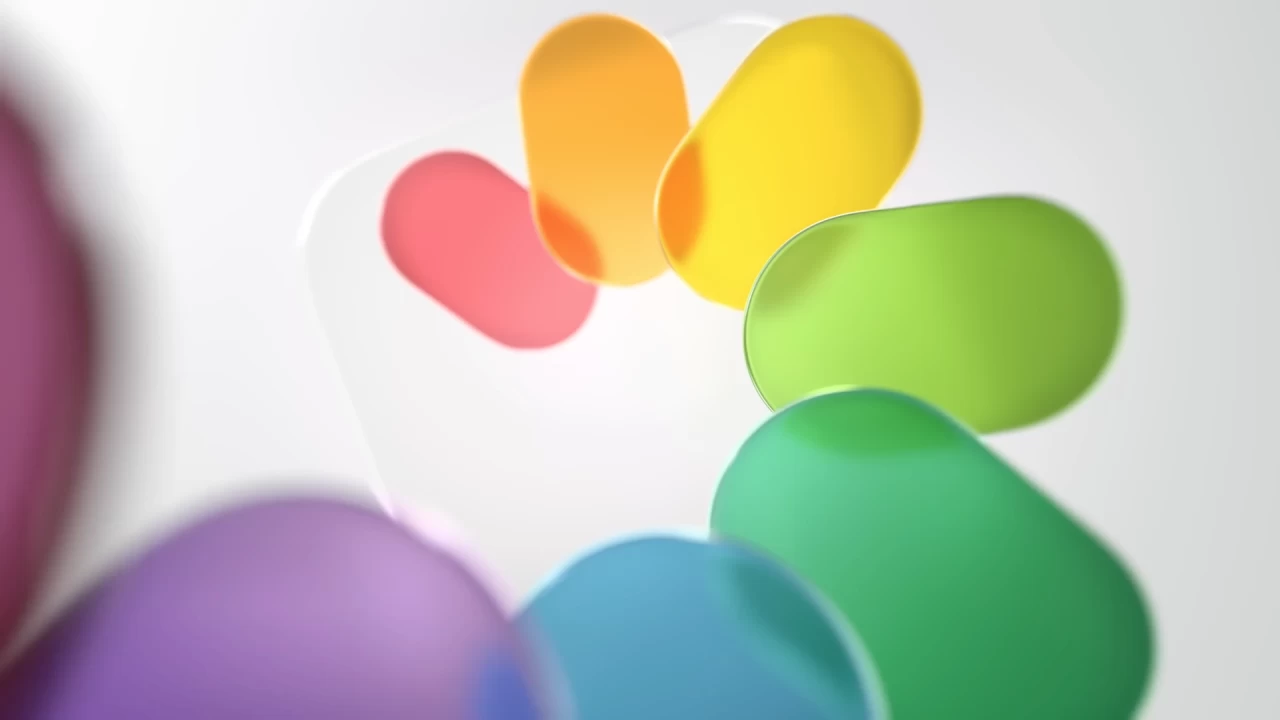Technology
Apple Introduces Background Photo Uploads for Third-Party Apps

Apple has announced a significant update to its operating system that will transform how users back up their photo libraries on third-party applications. Beginning with the release of iOS 26.1, users will gain the ability to automatically back up photos in the background with apps such as Google Photos and OneDrive. This change, initially reported by 9to5Mac, addresses long-standing user frustrations with the limitations imposed on photo uploads.
Previously, applications like Google Photos, Dropbox, and others faced stringent restrictions, requiring them to be actively running to upload images. This often resulted in incomplete backups and significant inconvenience for users. Similarly, messaging platforms such as WhatsApp and Telegram struggled to send multiple photos in the background due to these operational constraints.
With the introduction of a new framework powered by Apple’s PhotoKit, the update includes a “Background Resource Upload” extension. This innovative feature allows third-party applications to manage photo uploads even when they are not in active use. Users can now upload their images while the device is locked or even when they are engaged with other applications.
According to Apple’s developer documentation, the operating system will automatically activate this extension whenever it needs to upload photos. It is designed to manage essential factors such as power consumption and network access, ensuring that uploads are efficient and do not drain the device’s battery. Developers looking to integrate this feature will need to follow specific steps, including creating and configuring an extension target, processing upload jobs, handling failed uploads, and managing completion acknowledgments. Some functionalities will require explicit user consent, while others will operate automatically once the extension is set up.
This update mirrors the seamless experience offered by iCloud Photos, allowing users to enjoy the same level of convenience when using third-party applications for photo storage. Users will no longer have to keep their apps open for hours, making the backup process more user-friendly.
Interestingly, this move may also be a strategic effort by Apple to mitigate potential antitrust scrutiny. In recent years, the company has faced increasing pressure from regulators regarding its App Store policies and practices. By enhancing the capabilities of third-party applications, Apple appears to be addressing some of these concerns proactively.
As of now, the framework remains in beta and may undergo further changes before the public release of iOS 26.1. This update not only enhances user experience but also signifies Apple’s willingness to adapt and evolve its platform in response to user needs. The full impact of these changes will become clearer once the update is widely implemented.
-

 Technology5 months ago
Technology5 months agoDiscover the Top 10 Calorie Counting Apps of 2025
-

 Health3 months ago
Health3 months agoBella Hadid Shares Health Update After Treatment for Lyme Disease
-

 Health3 months ago
Health3 months agoErin Bates Shares Recovery Update Following Sepsis Complications
-

 Technology4 months ago
Technology4 months agoDiscover How to Reverse Image Search Using ChatGPT Effortlessly
-

 Technology1 month ago
Technology1 month agoDiscover 2025’s Top GPUs for Exceptional 4K Gaming Performance
-

 Technology3 months ago
Technology3 months agoElectric Moto Influencer Surronster Arrested in Tijuana
-

 Technology5 months ago
Technology5 months agoMeta Initiates $60B AI Data Center Expansion, Starting in Ohio
-

 Technology5 months ago
Technology5 months agoRecovering a Suspended TikTok Account: A Step-by-Step Guide
-

 Health5 months ago
Health5 months agoTested: Rab Firewall Mountain Jacket Survives Harsh Conditions
-

 Lifestyle5 months ago
Lifestyle5 months agoBelton Family Reunites After Daughter Survives Hill Country Floods
-

 Health3 months ago
Health3 months agoAnalysts Project Stronger Growth for Apple’s iPhone 17 Lineup
-

 Technology4 months ago
Technology4 months agoHarmonic Launches AI Chatbot App to Transform Mathematical Reasoning





















